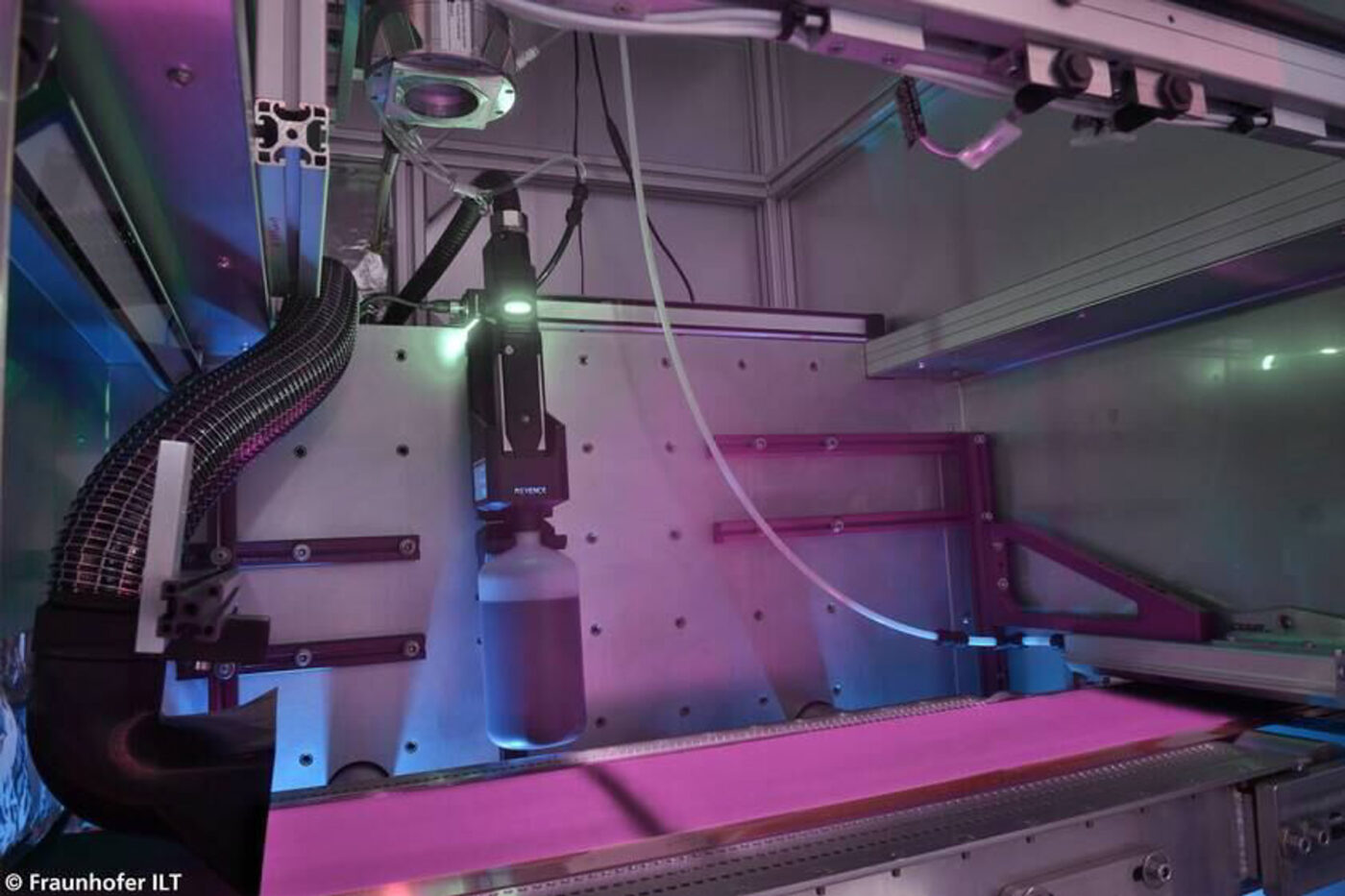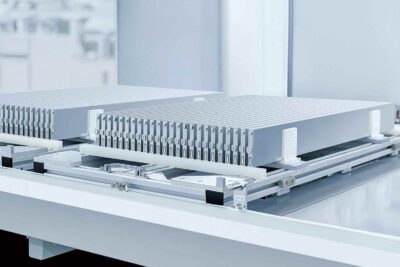RWTH Aachen University wants to dry battery electrodes more quickly with a laser
The PEM institute says it has succeeded in reducing the drying time for LFP cathodes and graphite anodes of lithium-ion batteries by more than 60 per cent thanks to the laser process, thereby significantly reducing energy requirements. Until now, the freshly coated electrodes have been dried in long ovens, which is partly responsible for the high energy requirements of battery production.
The shorter drying time and the improvement in energy consumption (which is not precisely quantified in the press release) are not the only advantages of the new process: “As part of the joint project funded by the Federal Ministry of Education and Research, the Fraunhofer Institute for Laser Technology (ILT) has been able to double the web speed for coating and drying in a continuous process to five metres per minute,” the press release states. At the same time, the space required for the production step has been reduced.
However, the five metres per minute are not the end of the development: by the planned end of the project on 30 September 2024 (IDEEL was launched in 2021), work is to be carried out on scaling up the drying process to up to 30 metres per minute, among other things. This would be a significant improvement on the current drying process with heated ovens.
With these improvements, the process should also become established in industry. “The research successes suggest that laser drying in the production of lithium-ion batteries can be implemented on an industrial scale in a technically and economically viable manner,” says PEM Director Professor Achim Kampker.
As mentioned, the process is currently being trialled with LFP cathodes and graphite anodes, but there are also plans to further develop the variety of materials: The partners are currently working on silicon-containing anodes at the “Münster Electrochemical Energy Technology” (MEET) battery research centre at the University of Münster, which are intended to increase the performance of the batteries. “The new developments will then be tested for compatibility with the laser drying process in close collaboration with the researchers at the PEM Chair and the Fraunhofer ILT, and adjustments will be made if necessary,” say the Aacheners.





0 Comments